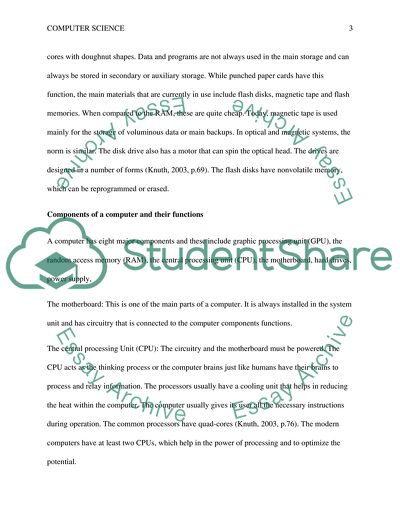Cite this document
(“Computer Coursework Example | Topics and Well Written Essays - 1500 words”, n.d.)
Retrieved from https://studentshare.org/information-technology/1699507-computer
Retrieved from https://studentshare.org/information-technology/1699507-computer
(Computer Coursework Example | Topics and Well Written Essays - 1500 Words)
https://studentshare.org/information-technology/1699507-computer.
https://studentshare.org/information-technology/1699507-computer.
“Computer Coursework Example | Topics and Well Written Essays - 1500 Words”, n.d. https://studentshare.org/information-technology/1699507-computer.


